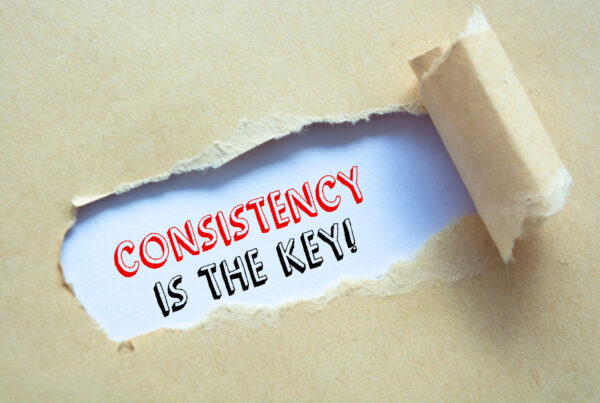A business acquisition, especially that of a competitor, can help grow your business in ways you couldn’t do organically. Its client base, products, services, or intellectual property can be precisely what you need to move the growth needle forward.
The business acquisition process is only sometimes straightforward, even if you know which business to buy. Read on for tips on completing a successful business acquisition.
Differences Between Financial Buyers and Strategic Buyers
Strategic and financial buyers have fundamental differences, especially when acquiring a competitor. Financial buyers like equity funds and family offices buy the business, grow it, and then divest it or sell it after some time. Sometimes, the company is more profitable in parts rather than as one entity.
A strategic buyer buys a business to expand their offerings or eliminate a competitor. Consider Salesforce buying Slack during the pandemic, realizing the business landscape is forever changed.
Many failed mergers and acquisitions are due to a need for more buy-in from all stakeholders. Consider Philip Morris and Altria, a deal worth over $200 billion that could not move forward due to a lack of investor interest.
What is a Competitive Acquisition?
Competitive business acquisitions help the buyer gain market share or expand geographic scope. Buying a company with multiple parties interested in it may also involve competition.
Unlike a hostile takeover, all parties in a competitive acquisition know the buying process. Consider Banco Santander, a national bank in Spain that bought several smaller banks in Argentina to buy out competitors as they also expanded in a culturally similar geography.
What is an Acquisition Strategy?
Acquiring a competitor should always be strategic — there must be a reason.
Here are five potential reasons to consider before acquiring a company:
- Reduce costs and increase profit – buy similar companies with equipment or talent that can help fill gaps in your company.
- Gain key geographic locations – reduce barriers to entry across borders by purchasing established companies.
- Secure valuable contracts—Similar to point two above, when you purchase a company, you also buy its contracts, debts, and assets.
- Acquiring a company is no small feat, so you send a message of strength by acquiring the competition.
- Retirement is on the horizon, and you want to ensure a profitable company before selling it or retiring, so a business acquisition may help you elevate your standing in the market.
Business acquisition does not have to be synergistic or make sense apples-to-apples. Non-synergetic acquisition can lead to annual 18-35 percent business growth, opening up many more acquisition opportunities. Consider Morgan Stanley’s acquisition of E-Trade, where the latter company had the tech the former company wanted.
A failed acquisition can result from a failed strategy, bad timing, a misunderstanding of the current markets, or a mismatch between the two firms. Creating a workable strategy can prepare your team for a successful business acquisition. Lastly, merger and acquisition history suggests that financial models overstate symbiotic results. Your financial model should explore how the acquisition will impact your organizational performance if it operates as one consolidated business and any additional or potential risks.
Sign up for my weekly business management and leadership blog articles here.
Coach Dave
- Don’t Procrastinate: It’s Time to Do Company Succession Planning - October 2, 2025
- How to Turn Your Problems and Obstacles into Opportunities - September 25, 2025
- Irresistible Tips on How I Can Identify and Create My Unique Small Business Value Proposition - September 18, 2025



